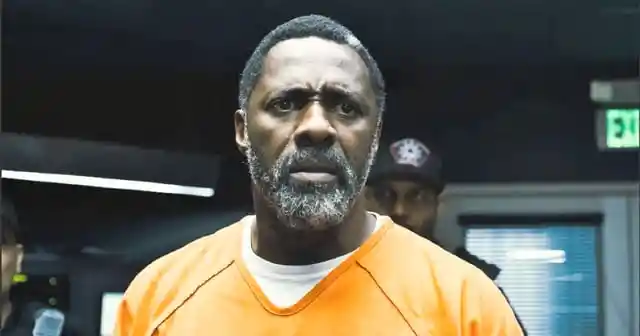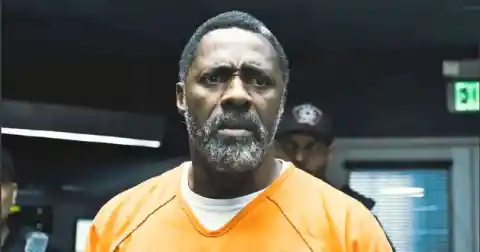Van Damme’s character, Frank Dux, is a real person
Bloodsport casts Jean-Claude Van Damme as Frank Dux, a soldier and highly skilled martial artist who goes AWOL to compete in a secret, ancient fight tournament called the Kumite. As we’re told by several title cards at the end of the movie, Frank Dux is actually a real person -a former US Marine and martial arts teacher.
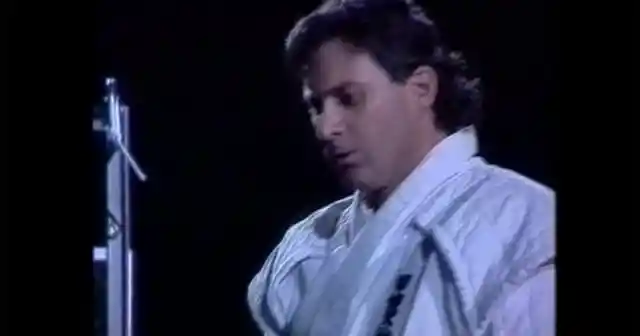
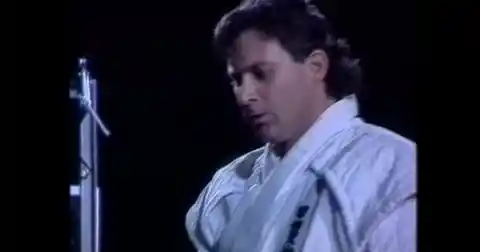
The film claimed to be based on a true story
Bloodsport’s final moments tell us the film is based on real events: that the Kumite really exists, and that Dux really did compete in it and won. Dux claimed to hold a vast number of world records for his fighting, which are also listed in Bloodsport. Dux also claimed to have been awarded a Medal of Honor for secret work with the CIA.
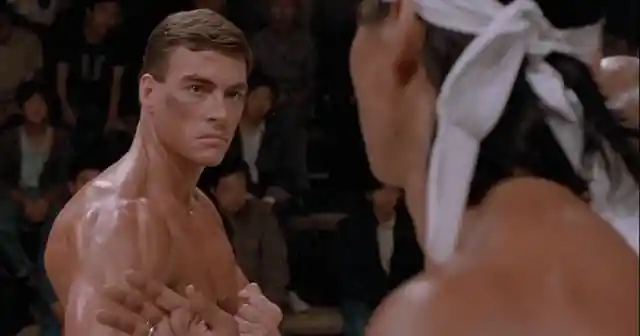
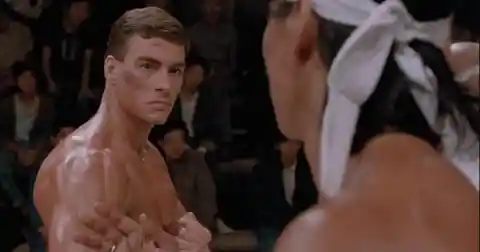
Dux’s stories have since been dismissed as pure fiction
After Bloodsport’s release, the story’s veracity was quickly questioned. Martial arts historians say there’s no evidence the Kumite ever existed. Reportedly the CIA has declared that Dux never worked for them, and while he did join the US Marine Corps, he was only ever in the reserves.


Bloodsport’s screenwriter had his doubts about Dux from the beginning
Bloodsport was co-written by Sheldon Lettich, who says that Frank Dux “told me a lot of tall tales, most of which turned out to be bulls***. But his stories about participating in this so-called ‘Kumite’ event sounded like a great idea for a movie.” In the years since, there has reportedly been a lot of tension between Dux and the makers of Bloodsport.
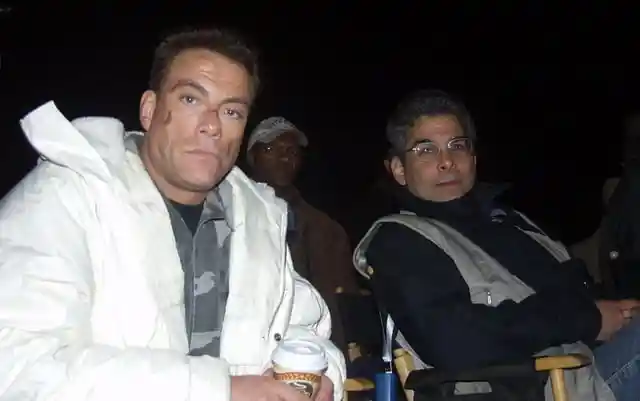
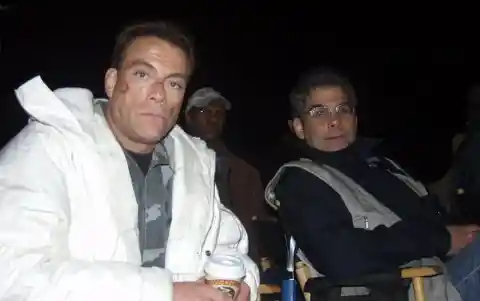
Dux admits Bloodsport’s love story is fictitious because he wouldn’t ‘be intimate with a woman before a fight’
While the real Frank Dux still stands by his widely rubbished claims about his martial arts prowess and the existence of the Kumite, he says certain elements of Bloodsport were fictionalised. For one, the movie shows Van Damme’s Dux getting romantically entangled with American reporter Janice (Leah Ayres). Dux says this didn’t happen, because he wouldn’t “be intimate with a woman right before a fight.”
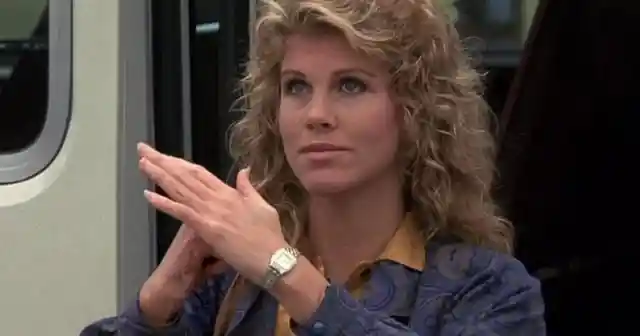

Jean-Claude Van Damme was cast because he appealed to both men and women
Jean-Claude Van Damme had been slowly working his way up the acting ladder since the early 80s. Bloodsport gave Van Damme his first leading role, and producer Mark Di Salle admitted the star’s looks had a lot to do with it: ”I wanted to find a new martial arts star who was a ladies’ man. Jean Claude appeals to both men and women.”
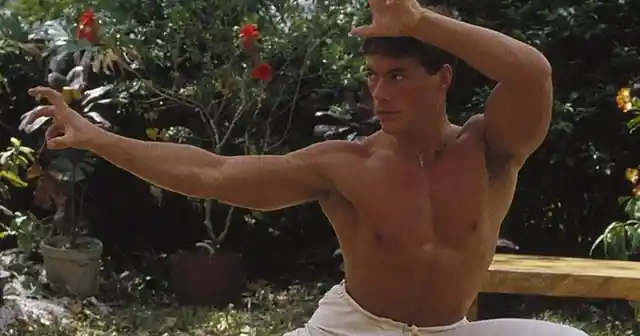
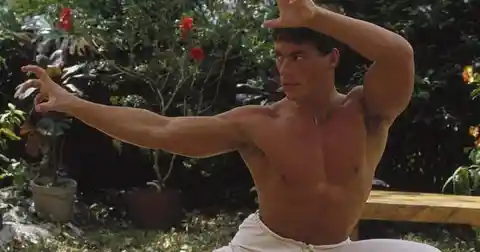
Van Damme described his preparation for the film as “the hardest training of my life”
Though Van Damme was an experienced martial artist and bodybuilder, reports suggested that the real Frank Dux wasn’t initially impressed with his physique. To whip the actor into (even better) shape, Dux promptly set him a three-month workout programme. Van Damme later said that the work Dux put him through in preparation for the movie was “the hardest training of my life.”
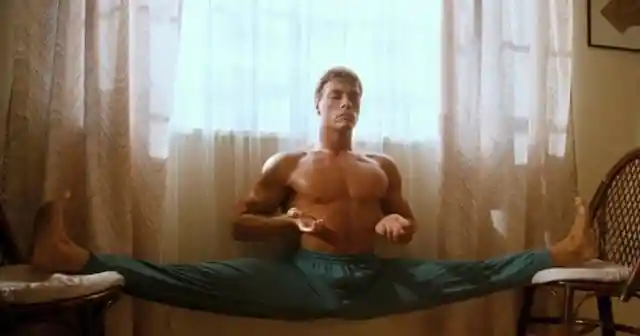
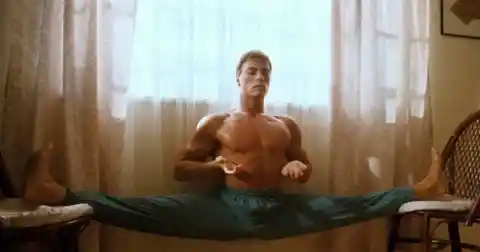
Van Damme helped land the role by almost kicking the head of the studio in the face
Van Damme has an interesting approach to being cast in Bloodsport. Sheldon Lettich recalls that, on seeing Cannon Films producer Menahem Golan on the street, the ambitious young man approached the producer and “did a kick that missed [Golan]’s face by like two inches.” Small wonder that in the films that followed, Van Damme’s knack for outrageously high kicks became one of his signature moves.
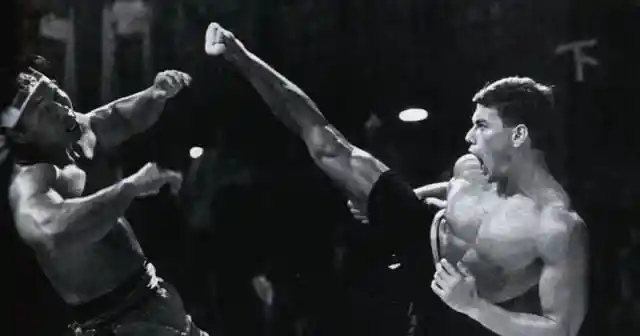
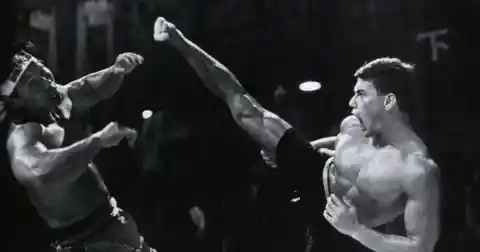
Van Damme does the splits seven times in the course of the movie
As well as his high kicks, Van Damme also soon became renowned for his ability to do the splits. The action star is so good at doing this eye-popping move, he does it no less than seven times in Bloodsport. This remains the highest number of splits in a Van Damme movie, although he has continued to do the move in many more films.
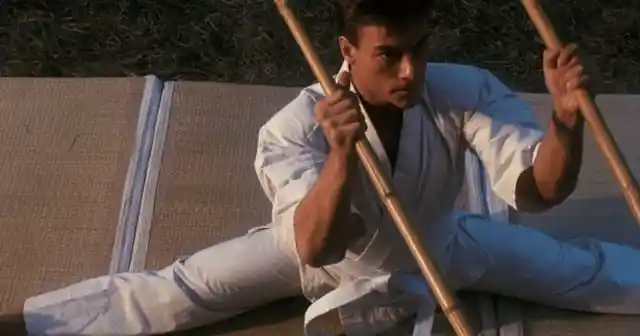
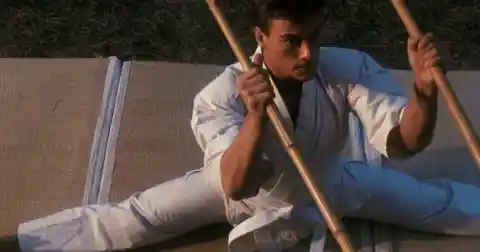
Director Newt Arnold had previously been assistant director on The Godfather Part II
Not many people truly consider Bloodsport one of the best films ever made, but director Newt Arnold has a universally lauded masterpiece on his resume: The Godfather Part II, on which Arnold served as assistant director. Arnold’s many other AD credits include Blade Runner and The Goonies. Bloodsport was Arnold’s third and final directorial effort after 1962’s Hands of a Stranger and 1971’s Blood Thirst.
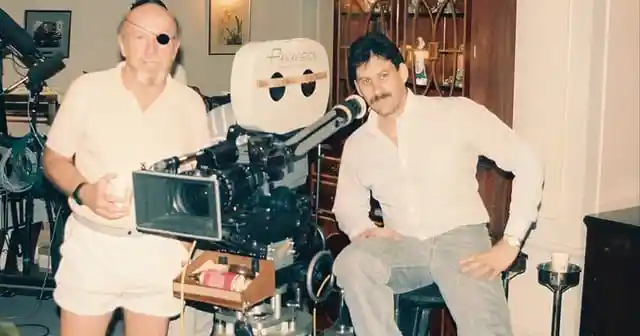
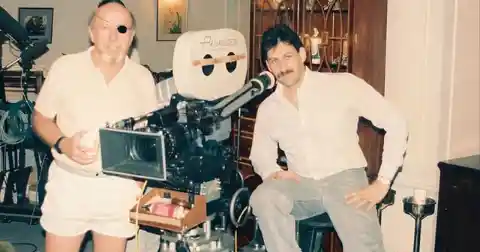
Not a single stuntman was used during filming
Cannon Films were struggling financially when they made Bloodsport. To save money, the producers made sure that all of the actors hired to star in Bloodsport were able to convince as fighters. This meant that the notoriously frugal mini-studio didn’t have to hire a single stuntman during the film’s production.
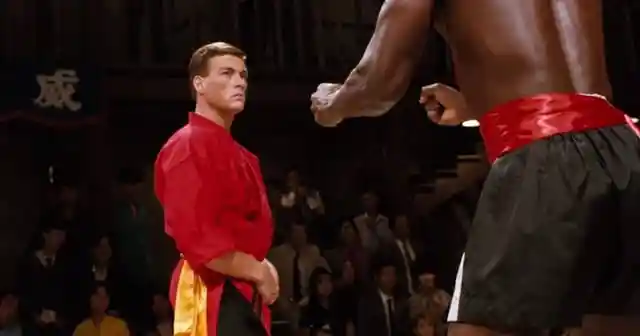
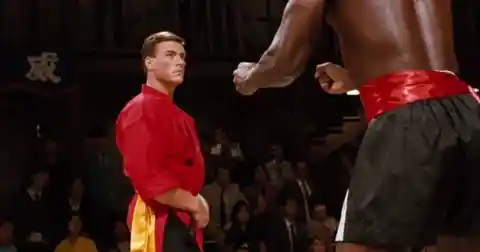
Van Damme was only paid $25,000 to play the lead
Cannon’s cost-cutting measures also extended to Jean-Claude Van Damme’s salary. The fledgling action star was only paid a modest $25,000 for his efforts. Of course, as Van Damme’s fame grew, so did his salaries; just six years later he would earn a career-high fee of $8 million for 1994 video game movie Street Fighter.
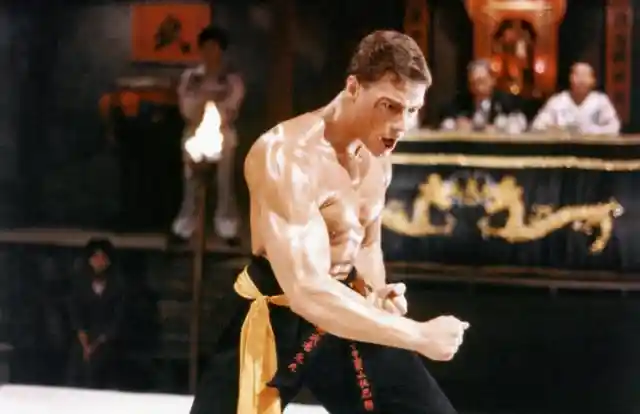
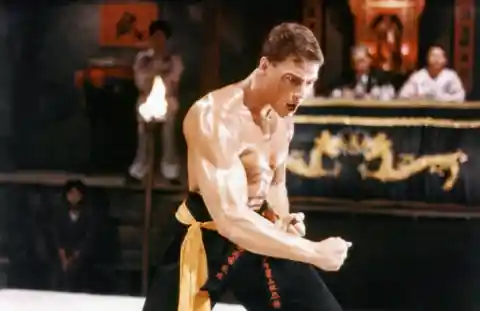
Van Damme accidentally knocked out Sadiq Hossein actor Bernard Mariano for real
Even with carefully rehearsed fight choreography, things can go wrong. Reportedly this happened during photography on Jean-Claude Van Damme’s fight with Sadiq Hossein actor Bernard Mariano. Watch the scene closely and you’ll notice that Van Damme’s elbow really does make contact with Mariano’s chin, and it’s said that Van Damme accidentally knocked his co-star out.
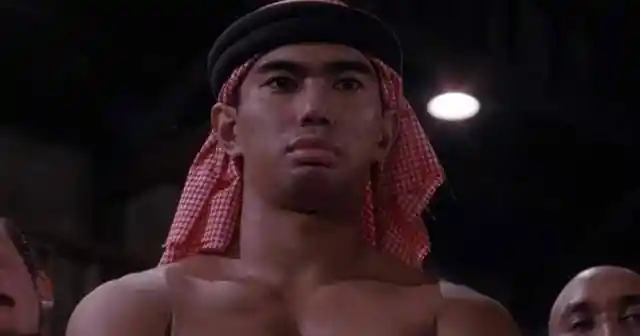
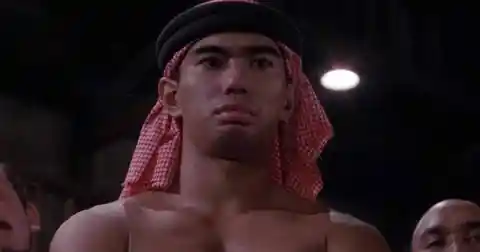
It is one of only a handful of films to feature scenes shot within the Kowloon Walled City
Most of the key action scenes in Bloodsport take place in the Kowloon Walled City, an ungoverned Chinese enclave in Hong Kong. Bloodsport was one of only a handful of movies to shoot in the notorious area at the time. Densely populated and not policed, the Walled City was said to rife with drug abuse, prostitution and gambling. It was torn down in 1993.


The ‘death touch’ move doesn’t actually exist
One scene in Bloodsport sees Van Damme’s Dux perform the Dim Mak, or Death Touch, demonstrated when Dux carefully punches a pile of bricks, but only shatters the one at the bottom. It shouldn’t come as a surprise that this move was captured on film by way of practical special effects, and the Dim Mak has also been dismissed by martial arts experts as fictitious.
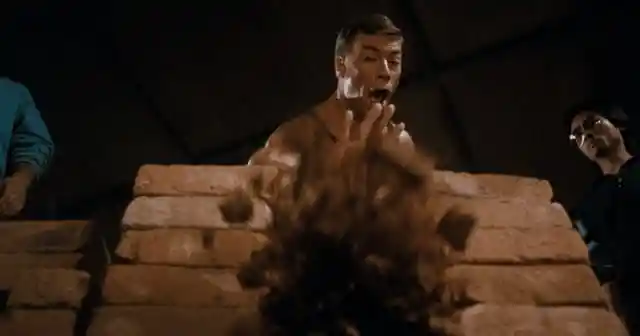
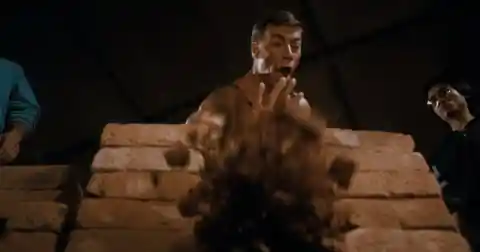
It was a big hit at the box office
Cannon Films were banking on Bloodsport being a big hit, and they were not disappointed. Having reportedly cost between $1.5 – $2.3 million to make, the film wound up earning $50 million in ticket sales. This was a very significant profit margin, which helped elevate Van Damme to stardom, and for a time helped keep Cannon Films from being too far in the red.
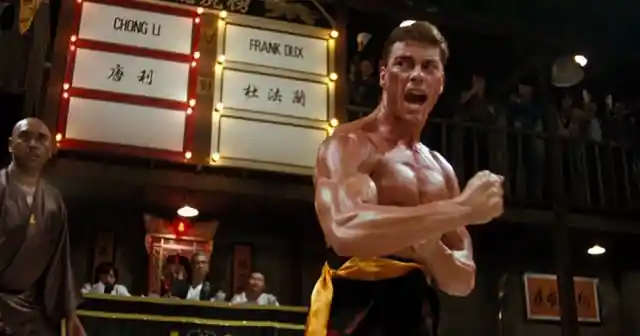
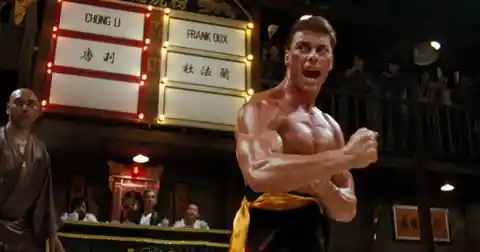
Critics hated the film
While audiences flocked to see the film, the critics weren’t especially kind. Bloodsport received largely negative reviews, with the Los Angeles Times describing the film as a “jungle of cliché and reservoir of bad acting.” To this day the film is certified ‘rotten’ on review aggregator site Rotten Tomatoes, with a below-average score of 46%.
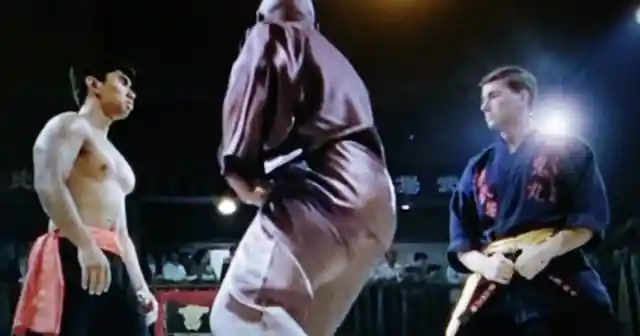
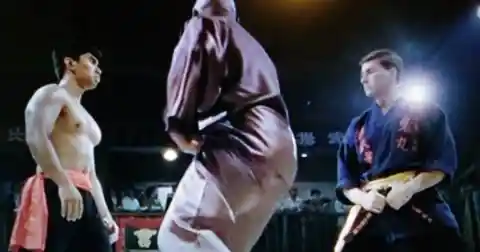
Jean-Claude Van Damme received a Golden Raspberry award nomination for his performance
Jean-Claude Van Damme’s performance saw him nominated for the Worst New Star Golden Raspberry Award, an annual ceremony that celebrates the very worst films from the previous 12 months. Luckily for Van Damme, he was beaten to this award by none other than Ronald McDonald, the fast food mascot having been nominated for his cameo in the notorious Mac and Me.
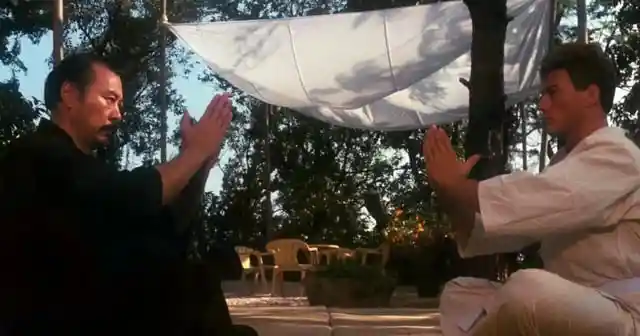
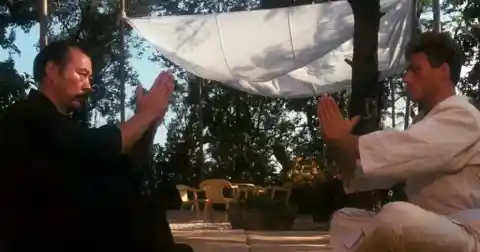
It inspired the character of Johnny Cage in video game Mortal Kombat
In the hugely popular early 90s fighting game Mortal Kombat, the character of Johnny Cage was modelled directly on Van Damme. He stealing a few of his signature Bloodsport moves – most notably when he drops into the splits and punches his opponent below the belt. Interestingly, Mortal Kombat’s designers had originally wanted to make a game in which Van Damme himself was a playable character.
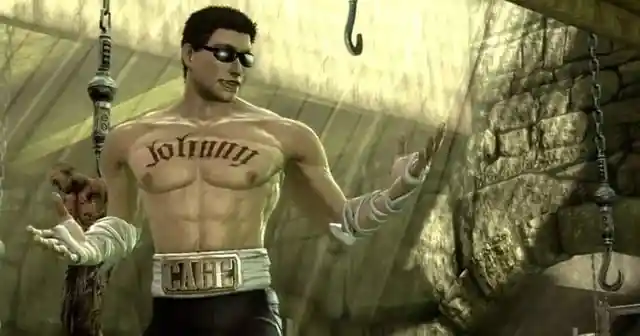
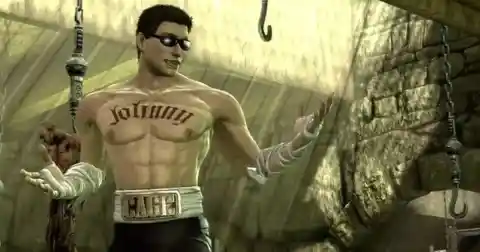
A planned remake could still see the light of day
There has long been talk of a remake of Bloodsport being in the works. In 2011, director Phillip Noyce (Patriot Games, Salt) and screenwriter Robert Mark Kamen (The Karate Kid, Taken) were said to be attached. Subsequent directors linked to a Bloodsport remake include James McTeigue (V For Vendetta, Ninja Assassin), plus Chad Stahelski and David Leitch (John Wick). However, to date it hasn’t happened.
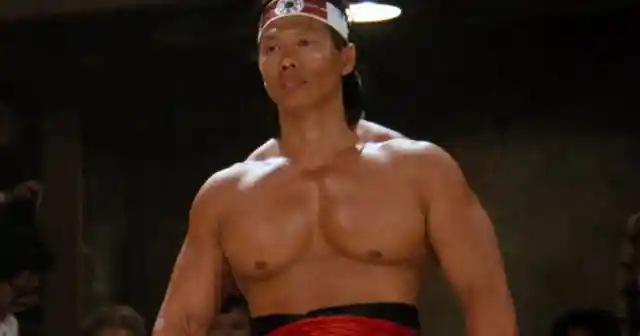
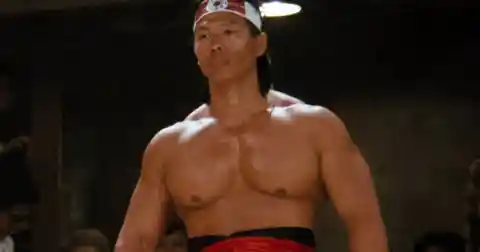
Cannon Films wanted American Ninja’s Michael Dudikoff to play the lead
Initially, Cannon boss Menahem Golan wasn’t convinced of Jean-Claude Van Damme’s star power, and wanted to cast another martial arts star in Bloodsport: Michael Dudikoff, star of Cannon’s 1985 movie American Ninja and its 1987 sequel. (Five American Ninja movies would eventually be made, although Dudikoff isn’t in the last one.)
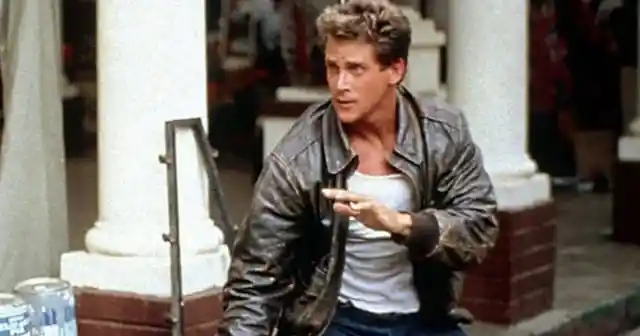
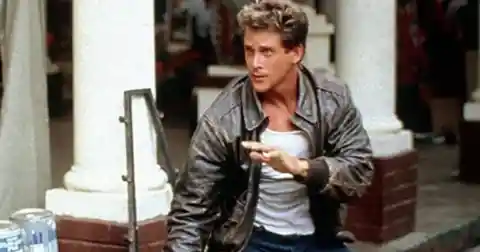
It was the first movie Van Damme made in a three-picture deal with Cannon Films
Part of why Cannon’s Menahem Golan agreed to cast Jean-Claude Van Damme in Bloodsport is that – despite the producer’s reservations about the actor – Cannon had signed Van Damme to a three-picture deal. The last two films in this deal would arrive the year after Bloodsport, in 1989: post-apocalyptic thriller Cyborg, and another martial arts movie, Kickboxer. Both films were hits that spawned sequels.
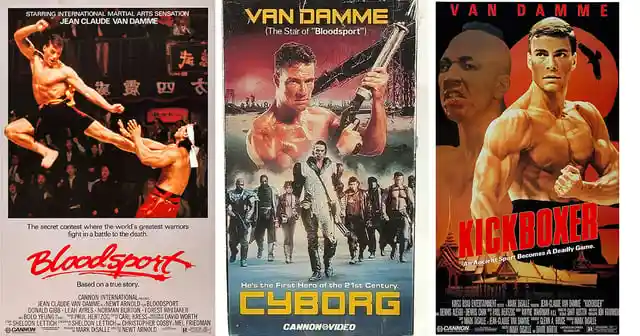
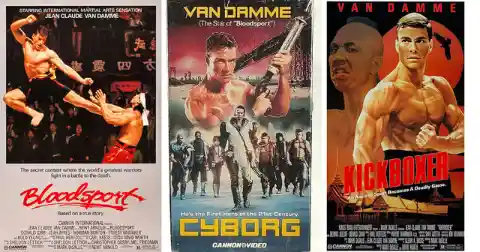
Van Damme thinks Bloodsport’s soundtrack is better than the movie itself
Bloodsport features a couple of original tracks by 80s singer-songwriter Stan Bush, including the film’s theme song Fight to Survive. Bush has said that he once met Van Damme at a gig, and the action star told him that “the music was better than the movie.” Bush would later write more new songs for Van Damme’s 1989 movie Kickboxer, including the film’s anthem Never Surrender.


Forest Whitaker is actually a karate black belt in real life
Bloodsport features a relatively early supporting role from esteemed future Oscar-winner Forest Whitaker as military police officer Rawlins. Although Whitaker is one of the few actors in the movie not to display any fighting prowess, he actually holds a black belt in Kenpo Karate, and has utilised his skills in some of his films including 1999’s Ghost Dog: The Way of the Samurai.
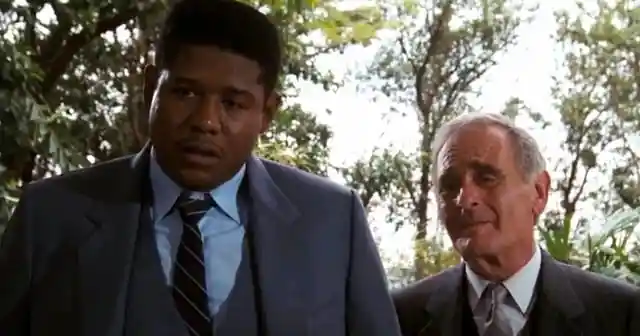
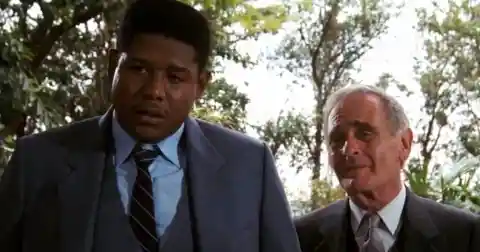
The film was almost released straight to video, until Van Damme helped re-edit it
Fearing a box office flop, Cannon Films initially planned to release Bloodsport direct to video. To avoid this, Van Damme himself worked with Cannon’s in-house editor Michael J. Duthie to produce a leaner cut of the film which really emphasised the fights. This finally convinced Cannon’s top brass to release the film theatrically; a smart move, as Bloodsport wound up Cannon’s highest-earning film of 1988.
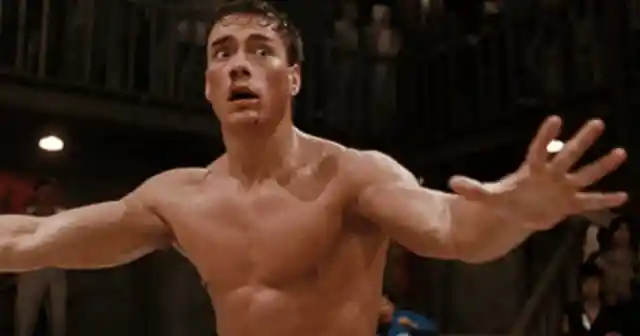
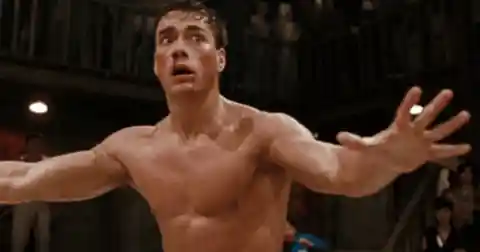
Donald Gibb’s Ray Jackson doesn’t perform any identifiable martial art
Former pro-footballer Donald Gibb co-stars in Bloodsport as Ray Jackson, the hulking, all-American brawler who befriends Van Damme’s Frank Dux. However, it’s never actually made clear what fighting style Ray has mastered, however, as none of the moves Gibb performs in the movie originate in any established martial art. Instead, the character mostly behaves like a pro-wrestler.
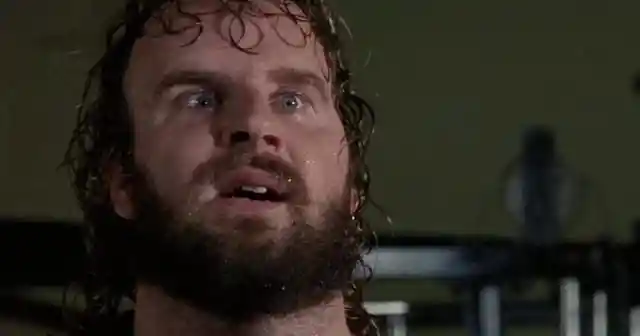

It was followed by three straight-to-video sequels
By the mid-90s, Cannon Films had collapsed, and the sequel rights to Bloodsport were then snapped up by another company who made three direct-to-video sequels: 1996’s Bloodsport II: The Next Kumite, 1997’s Bloodsport III and 1999’s Bloodsport 4: The Dark Kumite. Van Damme was replaced in these films by Daniel Bernhardt, although Donald Gibb reprised the role of Ray Jackson in the first sequel.
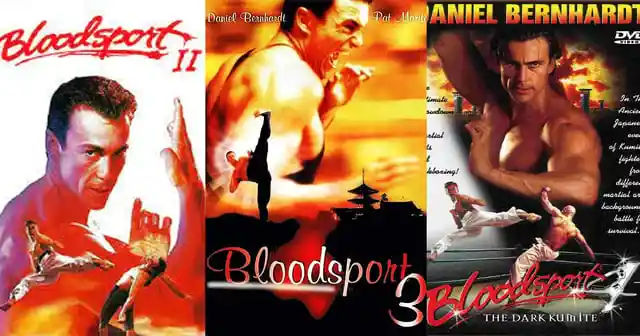
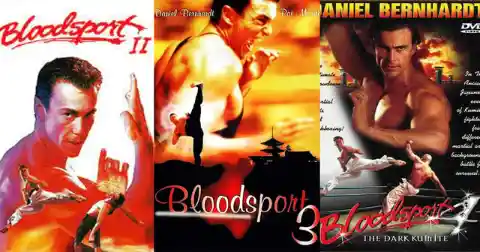
Bolo Yeung’s dialogue features a callback to Enter the Dragon
Bloodsport’s villain Chong Li is played by Bolo Yeung, muscular Chinese actor best known for 1973’s Enter the Dragon. Yeung delivers a line in Bloodsport which is a direct callback to Enter the Dragon. After Van Damme’s Frank destroys a brick with the fabled Dim Mak, Chong Li remarks, “very good – but brick not hit back,” which echoes Bruce Lee’s “boards don’t hit back.”
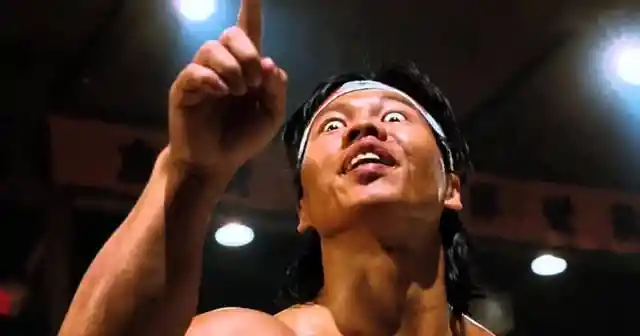
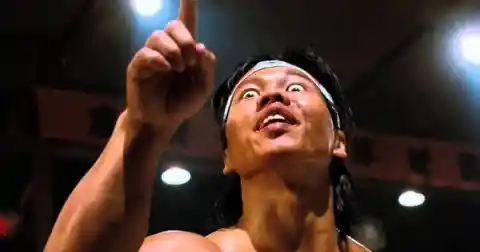
Bloodsport writer Sheldon Lettich went on to write and direct several more Van Damme movies
Bloodsport writer Sheldon Lettich got on well with Jean-Claude Van Damme, and the two men have worked together many times since. In 1990, Lettich made his directorial debut on Lionheart (aka AWOL), and later directed Van Damme in 1991’s Double Impact, 2001’s The Order and 2006’s The Hard Corps. Lettich also worked on the scripts for Van Damme films The Quest (1996) and Legionnaire (1998).
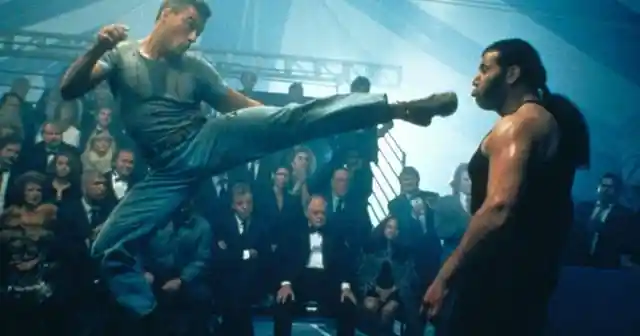
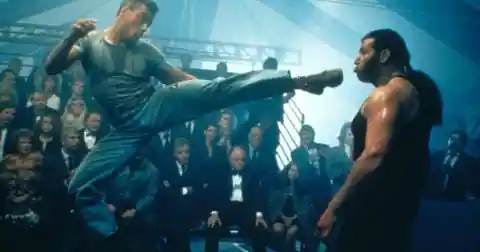
Van Damme’s mentor Roy Chiao was also in Enter the Dragon
Like Bolo Yeung, another Bloodsport actor – Roy Chiao – had previously appeared in Enter the Dragon, making an uncredited appearance in Enter the Dragon as a Shaolin abbot. Chiao will be more recognisable to many viewers as Chinese gangster Lau Che in Indiana Jones and the Temple of Doom. He had 114 acting credits to his name when he passed away in 1999 aged 72.
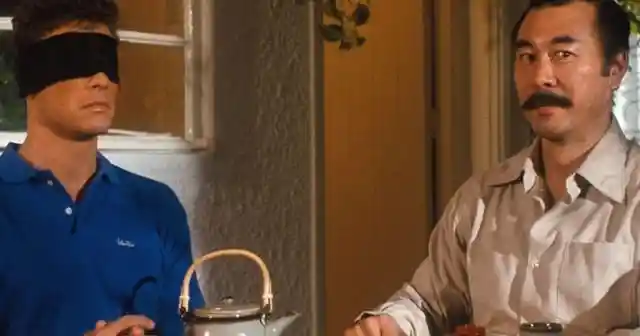
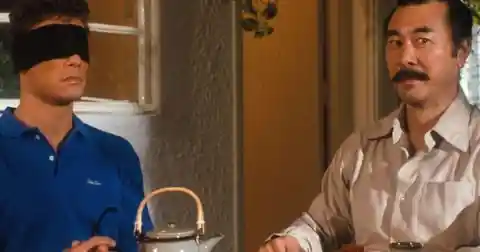
The punch to the privates was supposed to be to the bladder
According to an interview with Buzzfeed in 2013, the classic punch to Pumola’s cojones wasn’t actually meant to be viewed as such. Says Dux, it was “a punch to the bladder. But everyone thinks it’s to the nuts because of the angle.” (It’s still much funnier to imagine Pumola getting pummelled in the privates.)
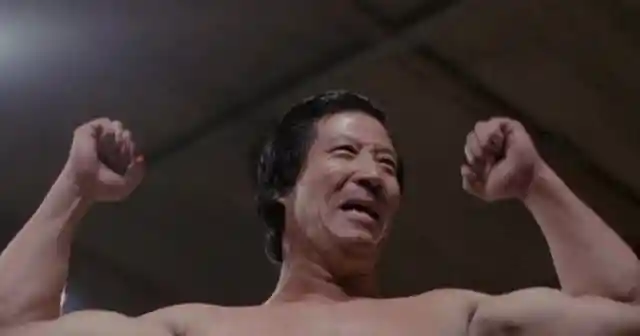
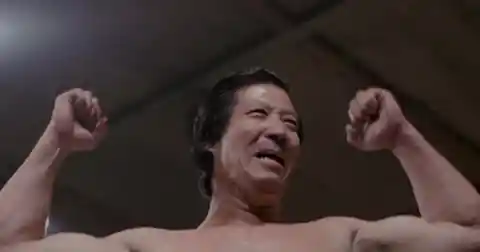
Dux and Van Damme almost fought during filming
Pit a guy who claims to have fought in a secret to-the-death martial arts competition against Jean-Claude Van Damme. Who would your money be on? We’ll never know who won, as it didn’t get that far, according to Dux. Apparently he disagreed with Van Damme over a fight scene, so he challenged Van Damme to a fight on the hotel roof. Luckily it ended with dinner, not blows.
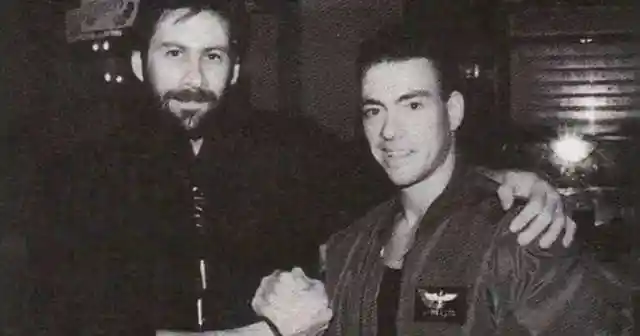

Dux sued Van Damme over writing credits
After they joined forces for Bloodsport, Dux and Van Damme went to court in 1991 over allegations that Van Damme breached his contract. They had apparently agreed to co-write Enter the New Dragon, but Van Damme claimed his film The Quest was unrelated. In the end, Dux was credited by the Writer’s Guild of America, but he lost the case. Sucks to be Dux.
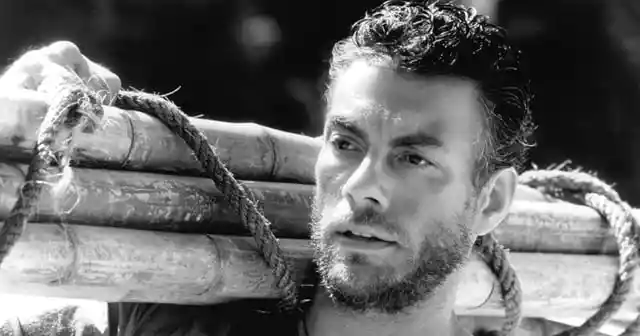
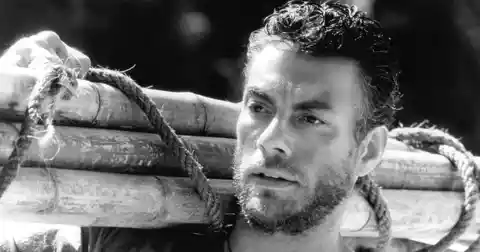
Frank Dux saw about as much action as a banana split
It’s well known that Frank Dux concocted some elaborate stories, one of which was that he was in the Marine Corps. Not wrong, but stretching the truth to breaking point. An article in the Los Angeles Times in 1988 said that Dux never saw action in Southeast Asia, and that “his only known war injury occurred when he fell of a truck he was painting”. Not exactly a war hero, then.
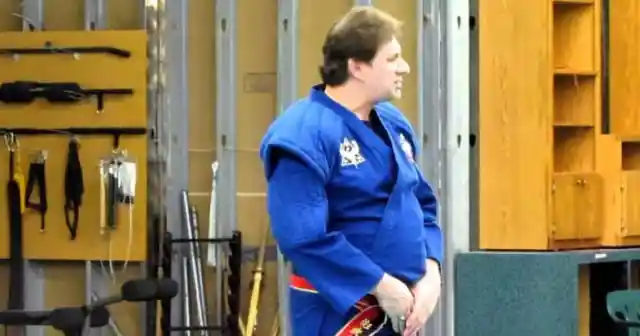

Frank Dux was the film’s action choreographer
Even if you find it hard to respect Dux for his questionable and largely discredited stories, he does at least warrant some recognition for his skill as a fight choreographer. He was fight choreographer for the films Lionheart and Only the Strong, also martial arts themed films, and both directed by Sheldon Lettich (co-screenwriter of Bloodsport). Bloodsport remains his highest profile film as choreographer.
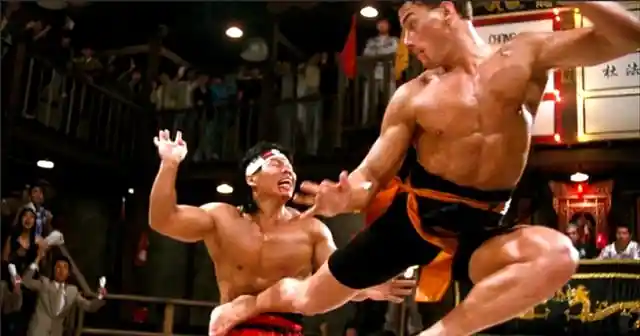
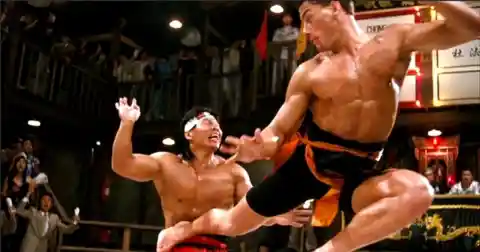
The screenplay was based on an article featured in Black Belt magazine
Frank Dux’s assorted claims must have carried some weight way back when, as they were covered in the November 1980 edition of the well-respected Black Belt magazine, one of the oldest publications in the US on martial arts. The founder of the magazine, Mitoshi Uyehara, was close friends with Bruce Lee. So, Frank Dux must have had some kudos in the world of MMA.
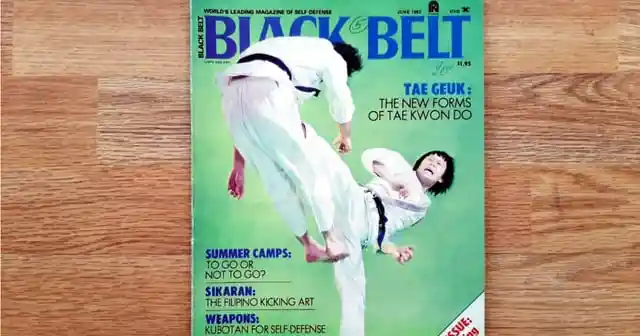
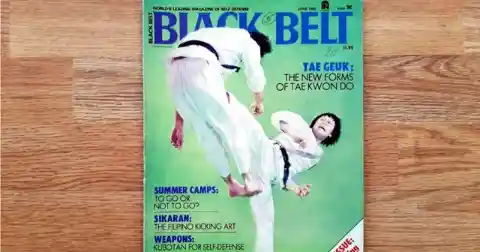
The author of the Black Belt magazine article regrets his naivety
Since John Stewart wrote the 1980 Dux article for Black Belt magazine, much of what Frank Dux said has been challenged, and what seemed authentic at the time has since been cast into doubt. Stewart is said to have since expressed regret at being “naïve” for taking what Dux said at face value.
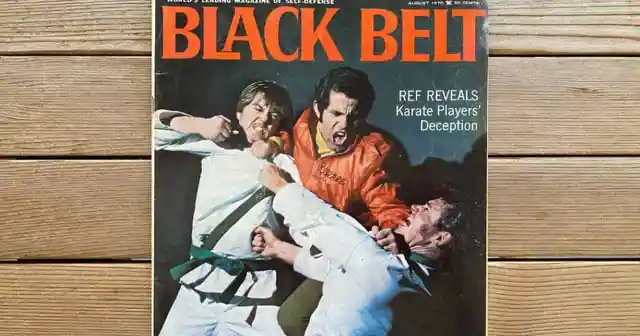
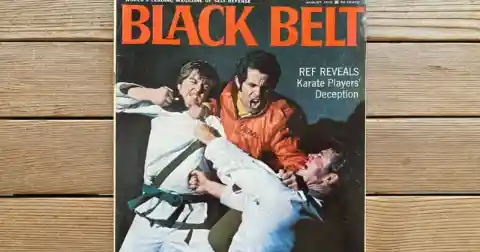
Mohammed Ali claimed he was temporarily blinded in a fight
Given the rumours and raised eyebrows that surround Frank Dux, you could be forgiven for not believing the ‘true story’ of Bloodsport. Having said that, it is apparently possible for a fighter to be temporarily blinded in the ring. Mohammed Ali once claimed to briefly lose his vision in a fight against Sonny Liston. Whether or not you believe Dux’s stories, this one at least has some credence.
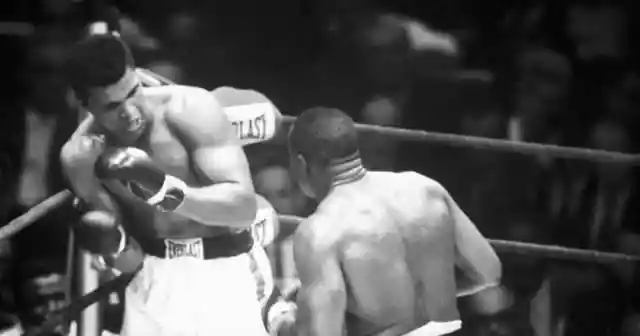
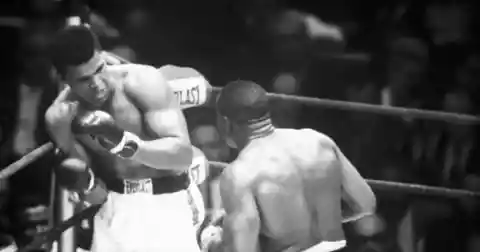
Bloodsport has possibly the longest flashback ever
We all love a flashback, and Bloodsport has one of the longest flashbacks in movie history – possibly the longest. Frank Dux has a flashback to his childhood and subsequent progression of his training in martial arts, and the whole thing is on the cusp of 11 minutes. You get some insight into Frank Dux and his time learning from and bonding with his teacher Senzo Tanaka.
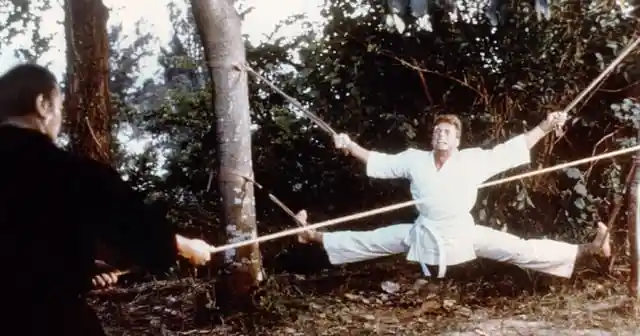
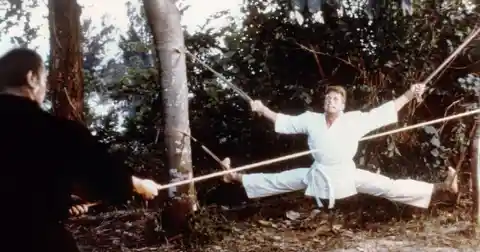
Frank Dux didn’t actually break into his instructor’s house
This one is pure fiction, and Dux says as much. In Bloodsport, we see Dux’s character break into Tanaka’s house to steal a sword. Dux has openly said that this was the producer’s idea, one that he wasn’t keen on at the time. Of course, it may be irrelevant as there’s no proof that Senzo Tanaka actually existed, as stated in the renowned LA Times article from 1988.
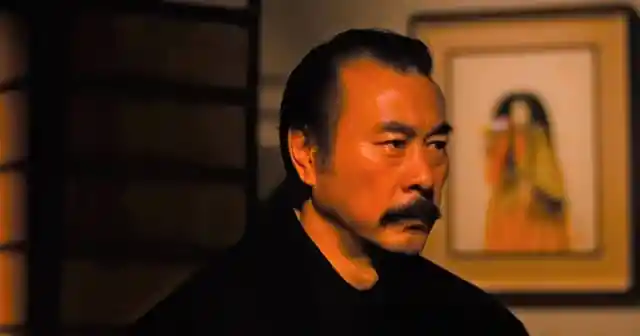
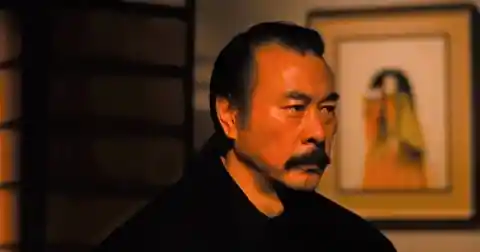
Despite the controversy, Frank Dux is worth $1.5 million
Think what you like about the mixed credibility of Frank Dux, but he’s made himself a pretty penny. His time as fight choreographer on Bloodsport and subsequent movies alongside his Ninjutsu School, his books and other press activities, have bagged him a net worth of one and a half million dollars. That’s not bad for a man accused of so many half-truths and questionable stories.


Bloodsport launched Van Damme’s career as a Hollywood action star
Prior to being cast as the protagonist in Bloodsport, Van Damme had appeared in five films, but was only credited in two, notably as Gay Karate Man in the laughable Monaco Forever, and then more seriously opposite Kurt McKinney in No Retreat, No Surrender. You could say that Van Damme would have made it in Hollywood regardless, but his role in Bloodsport put him front and centre.
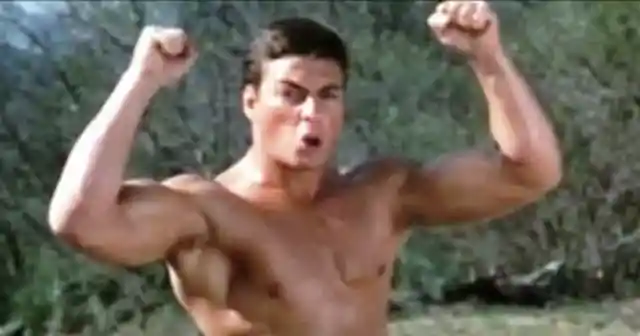
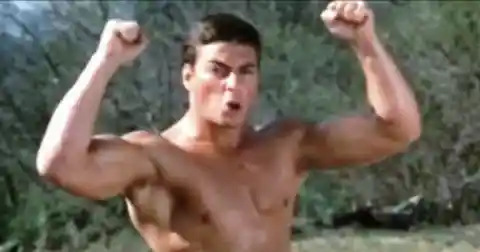
Bloodsport was the inspiration for a professional wrestling event
Despite the rather lacklustre reviews of the film by critics, Bloodsport obviously left a legacy, inspiring the creation of GCW Bloodsport. Promoted initially by Matt Riddle, a Raw wrestler for WWE, and subsequently by the infamous Josh Barnett of UFC fame, that’s a claim to fame worth having (unlike the fallacies of Frank Dux).


The Bloodsport soundtrack release wasn’t identical to the movie
For some reason, the songs Fight to Survive and On My Own, performed by Stan Bush in the film, were replaced on the 1990 release with alternative versions sung by Paul Delph, and he subsequently received a Grammy nomination for them. Hard to pinpoint why, although commercially it enabled Perseverance Records to release a limited edition CD in 2007, featuring Stan Bush’s versions. Very savvy.


Bloodsport was the most successful of Cannon Group’s 1988 releases
The now defunct Cannon Group made films from 1967 to 1994, and Bloodsport is one of their best known. It was certainly their most profitable back in 1988, when Bloodsport was released. That’s not surprising, given the other films that year, most notably Platoon Leader starring Michael Dudikoff, the actor Cannon originally wanted for Bloodsport.
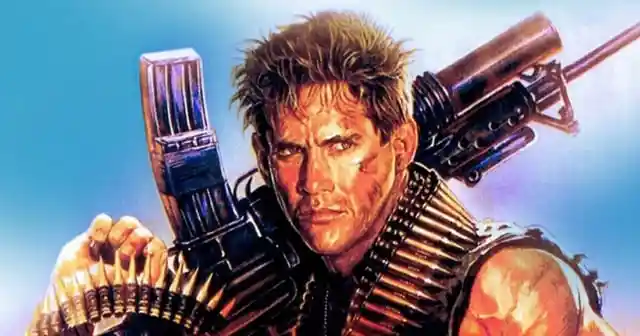
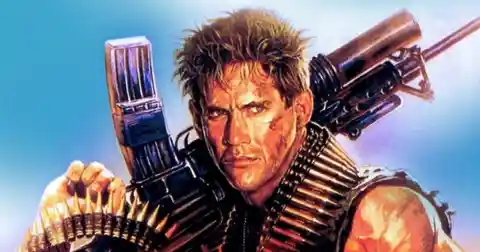
Bloodsport has a weird parallel with Enter The Dragon
Any martial arts fan will know Enter the Dragon starring Bruce Lee. What they might not have spotted is that both films star Roy Chiao and Bolo Yeung, and ironically both reprise their (comparable) roles. We see Chiao as the master, training his ward in the ways of his art, while Yeung once again plays the villain. That’s not to say the films are of equal quality – you decide.
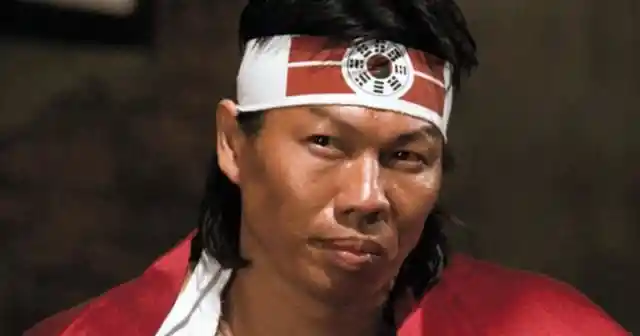
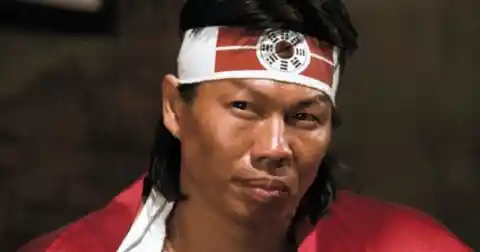
Frank Dux revamped the original costumes
According to an interview between Frank Dux and Blake J. Harris (author of Console Wars), the original costumes for Van Damme were silk pyjamas from China, and he thought they were “ridiculous”. The story goes that Dux ordered what he felt was suitable and had his then-fiancée ship the uniforms out to Hong Kong. Better add costume designer to Dux’s long (and largely unverified) list of achievements.
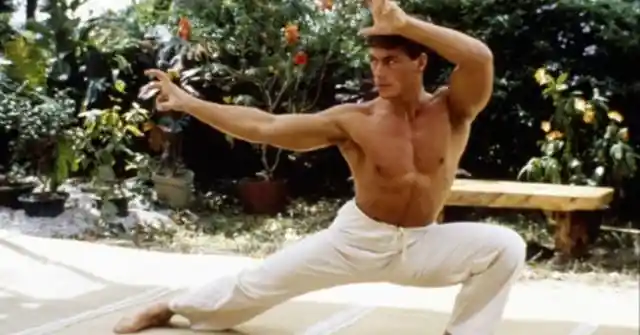
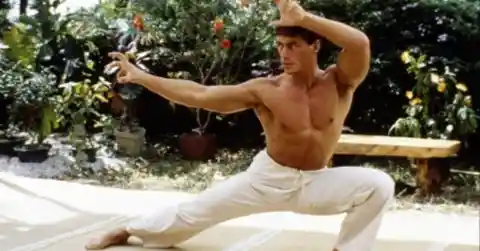
Bloodsport shares two of its actors with Double Impact
They say it’s not what you know, it’s who you know. That seems to be the case in Hollywood in the case of Bloodsport, as we see Bolo Yeung and Philip Chan take on roles in Van Damme’s action-filled Double Impact in 1991. It’s said that Van Damme insisted on Yeung as the villain of the piece in Double Impact. Jean-Claude Van Damme must be one charismatic guy.
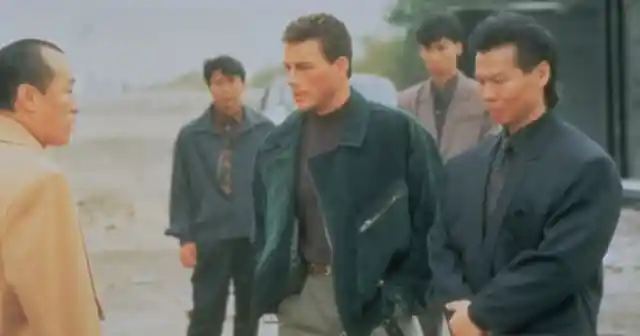
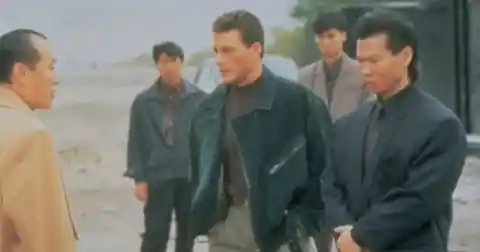
There is another Frank Dux in Hollywood
This one is a funny coincidence … there’s another Frank Dux out there, from New York. He’s completely unrelated to the Bloodsport legend, and his full name is Francis Dux. This Frank Dux is perhaps less well known, and certainly not mired in conspiracy. He has appeared in half a dozen productions, most notably Little Shop of Horrors and Highlander.
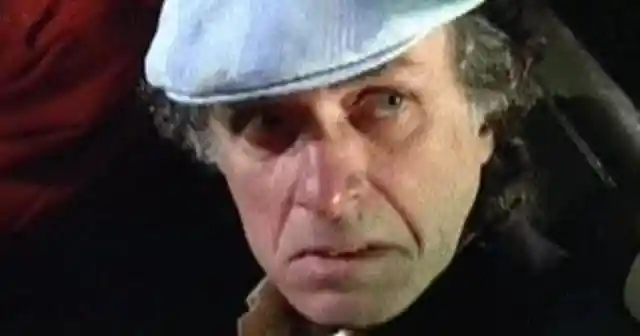
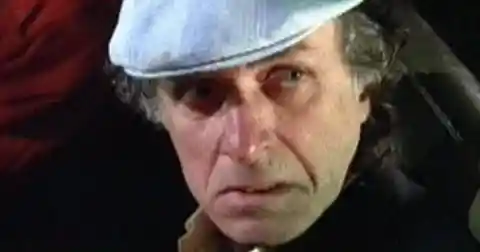
Bloodsport shares its name with a DC Supervillain
It’s a funny old world … while Bloodsport the movie has a dedicated fanbase, so does its namesake, the DC supervillain Bloodsport, aka Robert DuBois. Recently portrayed by Idris Elba in The Suicide Squad, the character himself is comparable to our friend Frank Dux, in that he has made claims about his time in combat and he likes to fight. However, unlike the character of Bloodsport, Dux is definitely real!
